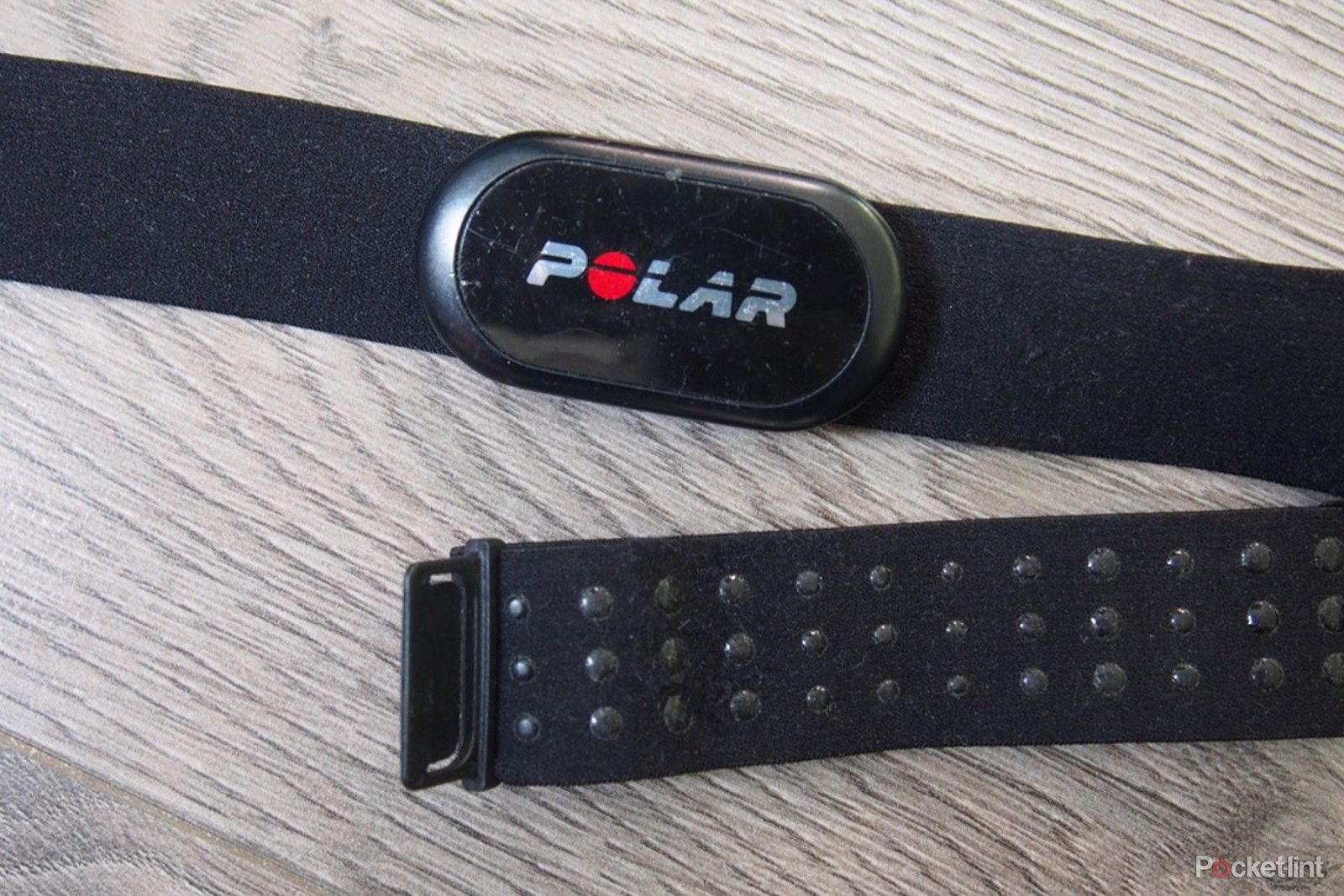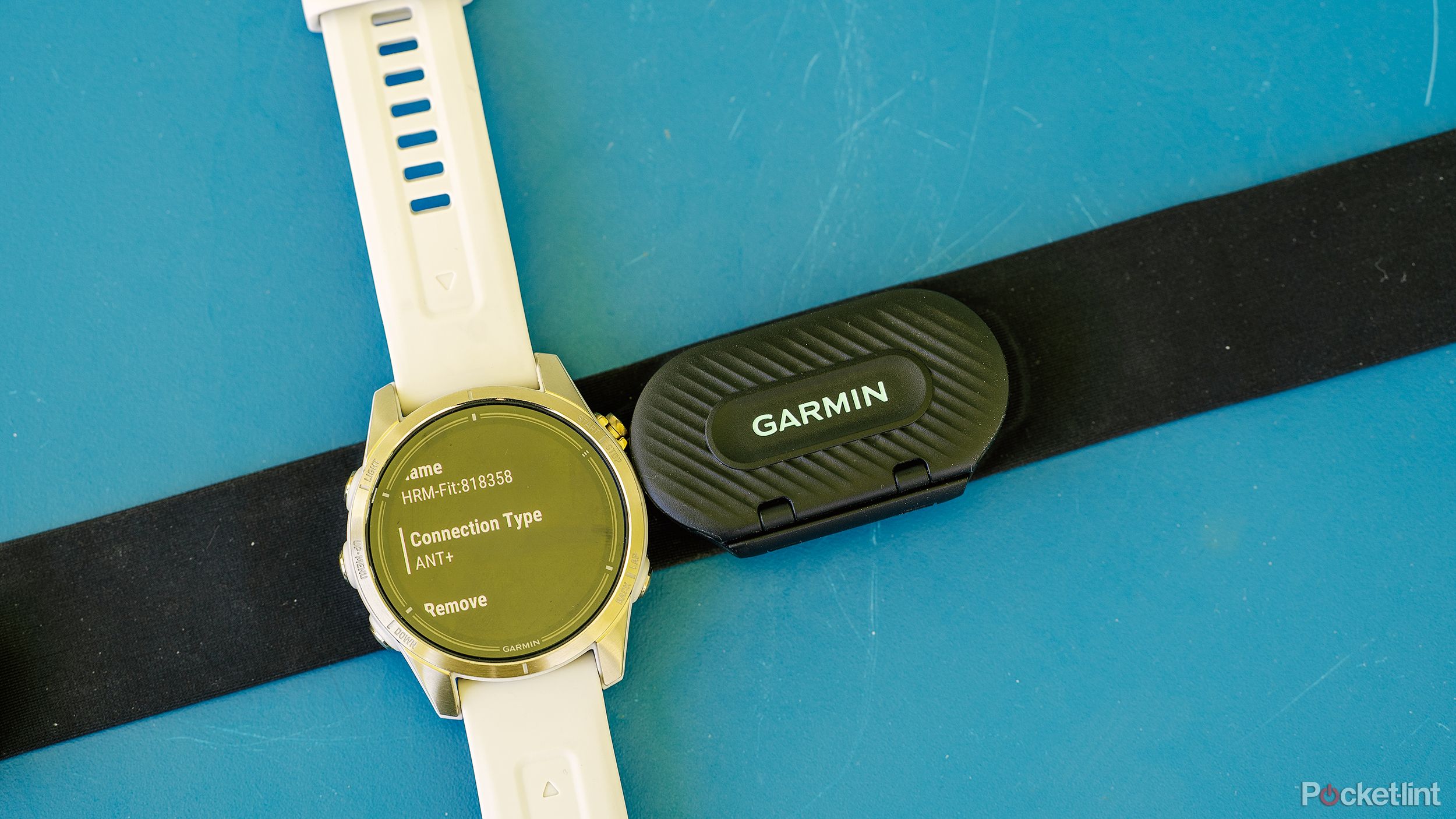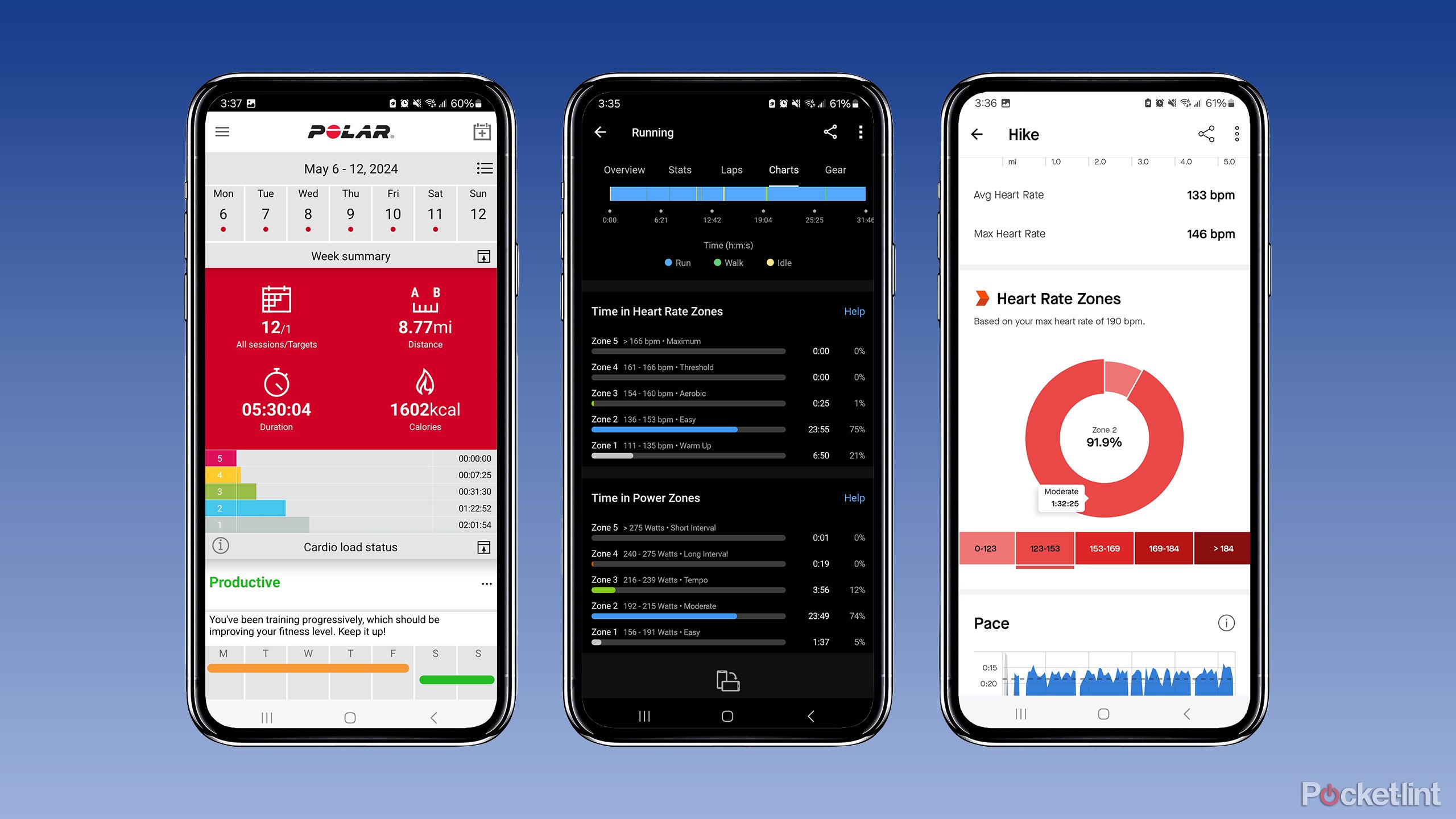Key Takeaways
- Heart rate training is accessible and informative, guiding you through your training based on different heart rate zones.
- Heart rate zones are specific to your individual maximum heart rate and help you track the intensity of your training.
- This type of training requires patience and takes time to see results.
Figuring out how to best train and improve your fitness can be a daunting task, especially if you are not used to structured training. It is well known that daily and night-time heart rate data can help you monitor your health, but it is also very important to monitor your heart rate while training. Heart rate data during training reduces the guesswork and helps guide your activity. It can also be a very beneficial training method depending on your fitness goals.
It wasn’t that long ago that heart rate monitors were expensive specialist equipment found only in labs or used only by elite athletes. This may make heart rate training seem like something only the pros do. However, nowadays heart rate sensors are found in many devices at different price ranges. They are much more accessible and you can easily track your heart rate and enjoy the benefits of this convenient training method.
Many fitness watches can offer guided workouts based on your heart rate, but you might be wondering what that means. Or maybe your watch is collecting heart rate data but you’re not sure how to use it effectively. Heart rate is a key component of fitness, and understanding how to use it is crucial to improving your fitness and cardiovascular health.

Related
Best Heart Rate Monitors: Tested and Reviewed by Fitness Experts
From chest straps and armbands to the new Apple Watch Series 9, these are the best monitors for getting accurate heart rate stats, according to our testing.
What is Heart Rate Training?
Training methods based on specific heart rate zones
Heart rate training is one of the most popular, accessible and effective training methods. Simply put, this style of exercise involves training based on your heart rate. Instead of focusing on a pace, which most people are accustomed to, you use your heart rate to guide your workout.
“Using your HR is essentially like using the RPM gauge on your car; it tells you how hard your engine (your heart) is working,” explains Dr. Scott Ferguson.
“Using HR is essentially like using the RPM gauge in your car; it tells you how hard your engine (your heart) is working,” explains Scott Ferguson, PhD, assistant professor of aviation physiology at Embry-Riddle Aeronautical University and founder of Summation Athletics (in the interest of full disclosure: Dr. Ferguson is the author’s husband). “You’re simply measuring the electrical impulses that occur during the heart’s contractions and using that as a guide to know how hard your body is working. This is extremely useful for using perceived exertion.”
Heart rate is often divided into zones, called heart rate training zones, which cover a range of heart rates. Without going into too much detail, these zones correspond to different energy systems used at different training intensity levels. By training in different zones, you can make your training more precise and get more out of it.
These zones are based on your maximum heart rate (MHR), so they are unique to you and your body. To get a really accurate number, you’ll need to get tested to find your MHR. But you can get a rough estimate with some basic math. The easiest way to estimate your MHR is to subtract your age from 220. So, for example, a 35-year-old person’s estimated MHR is 185. Once you know your MHR, you can set your different zones.
Broadly speaking, there are five zones for heart rate training: Zone 1 is very easy running at 50% to 60% of your MHR, such as a warm-up or recovery run. Zone 2 is very easy and easy running at 60% to 70% of your MHR. Zone 3 is typically longer tempo runs at moderate intensity at 70% to 80% of your MHR. Zone 4 is interval training, hard training at 80% to 90% of your MHR. Finally, Zone 5 is very difficult training with short, hard intervals reaching 90% to 100% of your MHR.
Fitness watches like Garmin focus on five zones, which is a bit more than most people need to consider. “You only really have moderate, high, and extreme intensity areas, so there are only three zones,” Dr. Ferguson explains. If you train with a coach, he or she may end up focusing on only three zones. Or, you can do the same if you want to simplify your own training.
How do I use heart rate training?
Let your goals be your guide
Broadly speaking, you should work in all training zones, but the majority of your training will be in zones 1 and 2.
How you use heart rate training depends largely on your goals. Broadly speaking, you should train in all training zones, but with the majority of your training in zones 1 and 2. Luckily, most watches make this process very easy by showing you color-coded numbers during your workout so you can see at a glance which zone you’re in. Most watches also show you a summary of how much time you spent in each zone after your workout. Some even let you set custom zones if you know more specific numbers from a test.
If you want more heart rate training help than the watch offers, there are plenty of free and paid training plans available that use heart rate zones as the basis of their plan, or you can work with a coach for a more personalized approach.
The important thing to remember with heart rate training is that it requires patience.
The important thing to remember with heart rate training is that it requires patience. I can speak from experience that when you start heart rate training it can be very frustrating as your pace is much slower than you expect or want when you are stuck in the lower zone. However, it is important to build your training slowly. It may take around 6 weeks before you start to notice changes so take your time and trust the process.
FAQ
Q: Why is heart rate training beneficial?
Heart rate training has many benefits — done right, it can improve your fitness, increase your running speed, reduce your risk of injury and help you run longer distances — but what’s really great about heart rate training is how well it adapts to the natural ups and downs of training and life.
We’ve all been there, where a run or workout felt easy one day and difficult the next – this could be for a variety of reasons: lack of sleep, travel, hot weather, etc. Using heart rate instead of pace can help you adjust for these factors and train better, whatever the case may be.
Q: What equipment do I need for heart rate training?
The most important piece of gear for heart rate training is, of course, a heart rate monitor and a way to sync that data. Most smartwatches and fitness watches have a built-in heart rate monitor, making the process easy. However, wrist-based HR sensors are typically less accurate than chest straps due to the way they measure heart rate. For the most accurate results, you’ll need to purchase a chest strap that can be synced with a device like a fitness watch or an app on your smartphone.
Speaking of watches and phones, you’ll use this data to guide your training, so you’ll need an easy way to see the information during your training sessions. A watch is usually the best option, as it collects other useful stats like distance and pace and can be easily checked on the go. However, if you don’t want to wear a watch, a phone with a fitness app will suffice.



